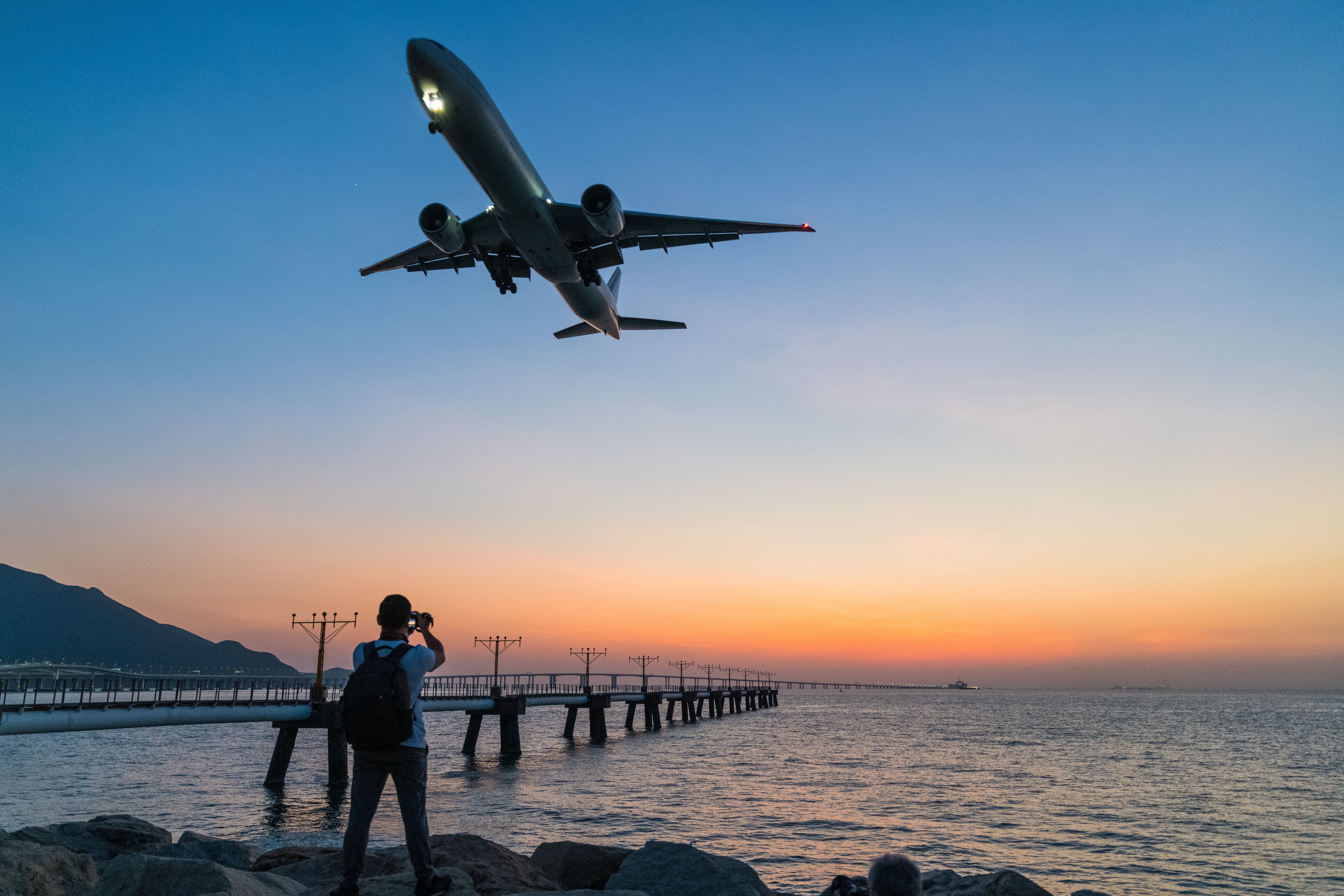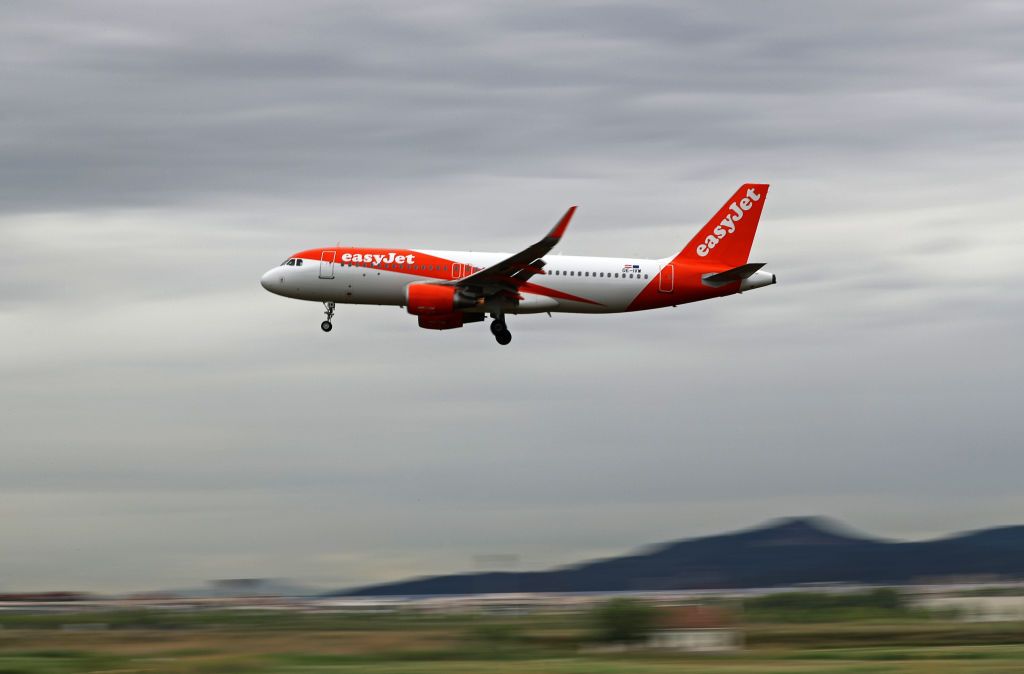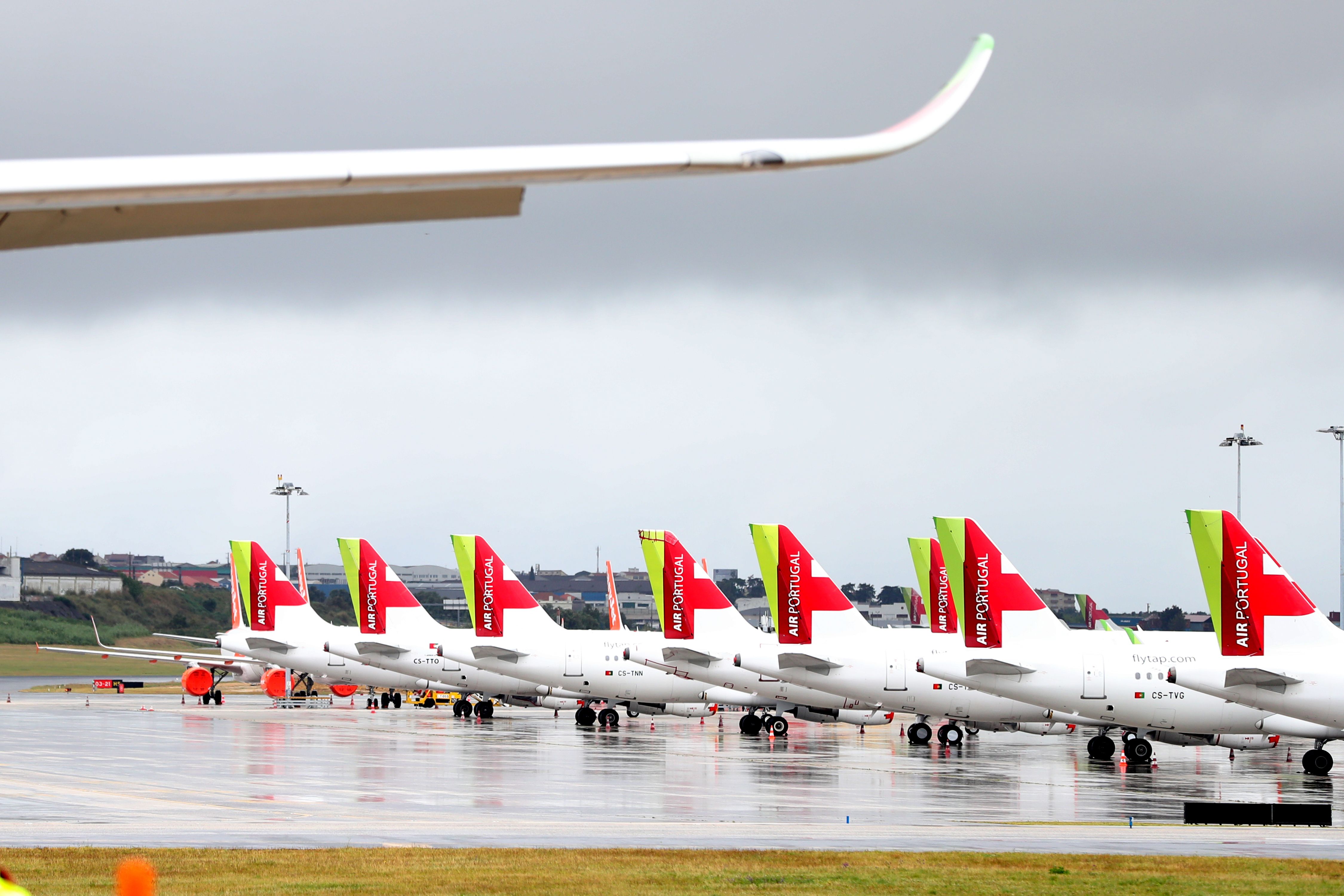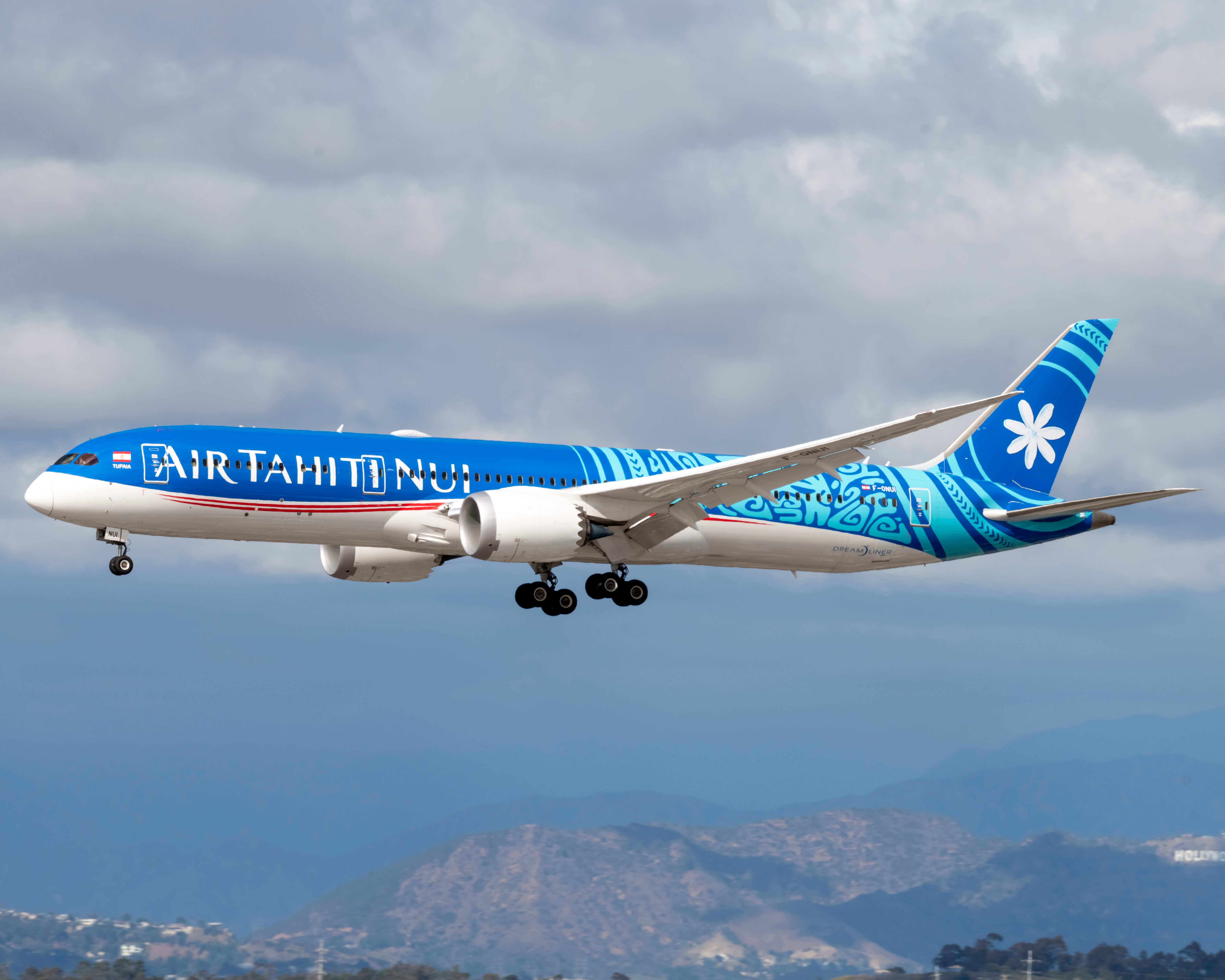Aviation is facing one of its greatest challenges to date. If the industry is to have any hope of reaching its ambitious net-zero CO2 emissions by 2050 target, it is going to need all the technological levers that are, and will become, available. While hydrogen and electric propulsion are exciting concepts for the future, the reality is that airframes being built today will remain in service for the next few decades and will need to be powered by aviation fuel.
As such, reducing fuel consumption is one of the most immediate actions any airline can take to decrease its carbon footprint. As data processing becomes increasingly sophisticated, fuel efficiency software offers rapid gains, both in CO2 and cost. This may seem an obvious win-win for airlines and the planet, but there are still some obstacles to be overcome.
AI in service of airlines and the environment
One of the leading providers of digital solutions for airlines globally is OpenAirlines. Founded in 2006 by a former Head of Flight Ops IT at Air France, the company now provides services that reduce the fuel consumption of over 50 global airlines by 2 to 5%. Its SkyBreathe 360° platform has evolved from big data analysis software to include real-time feedback for pilots, aircraft performance monitoring, on-time performance analysis, and advanced trajectory calculations.
Simple Flying recently had the opportunity to sit down with OpenAirlines' Founder and CEO, Alexandre Feray, and talk about how airline interest in emissions has developed, the instrumental role of trust and pilots, and how one kilogram of CO2 saved today is worth much more than the one we will save twenty years from now using new technology.
From passenger to planner
Mr Feray began working for Air France in 1999. The peek behind the curtain of the airline industry quickly opened up a whole new world for the IT specialist.
"It was so interesting, the world of aviation. The complexity of your impressions of an airline and seeing what was behind the scene. Because we're all passengers, but then it is so simple. We get to the airport, handle the ticket, and then we fly to where we should go. But behind the scenes, thousands of people are preparing this single flight. It was very interesting to see how digital technology could help improve and optimize the operations."
From tax purposes to strategic risk
The road from flight-ops to now providing solutions for over 50 of the world's airlines was characterized by a drive for entrepreneurship and a growing realization of how global warming was shrinking the glaciers in the mountains where Feray would spend his free time.
Airlines have always cared about fuel from a cost perspective. It is one of their largest expenses, not to mention the most volatile one. However, Feray can also see two points in time where, at the very least, European airlines became more conscious of fuel efficiency from an emissions-saving standpoint.
The first was primarily financially and tax-purpose driven and occurred with the EU Emissions Trading Scheme (ETS) introduction in 2005. When OpenAirlines began gathering fuel data from carriers shortly after that, analysts were surprised to find how poorly the data had previously been organized. The second wave of interest in advancing sustainability practices came a little before COVID, and with an increase in environmental consciousness among young people, Feray says.
"More and more people were talking about global warming, and there was an increased awareness of young people regarding a lot of practices of the airline industry. And I think that's when we had a focus change in the airlines because that's where they realized that there was a strategic risk for them and that they would lose customers if they did not align with the future of society."
Building trust within operations
While it may be a significant step and immense commitment for airlines to buy into new propulsion technology that may or may not fit into the carrier's operations by the time it matures, efficiency-enhancing software offers pretty much immediate results and return on investment. However, even a win-win situation regarding fuel and emissions saving can come up against obstacles in the form of inertia within the system.
"The world of flight operations is not used to change. So that was one of the things that has slowed things down. I think this has changed now because we have proven track records with about 50 airlines using the solution. So the trust is there, the confidence is there. But at the beginning it was, I think, an issue."
Future Travel Experience Global will take place September 6 - 9 in Las Vegas - find out more about cutting-edge aviation technology on the website here.
Pilot data crowdsourcing
Trust is also an essential component between an airline and its pilots. Flight deck crew have, at times, expressed concern that these new types of software that analyze flight trajectories and pilot choices will cause them to be monitored, and potentially even penalized, by their employers. This, they say, could potentially lead to compromises in safety. OpenAirlines says that no one can see the individual flight of one pilot - except the pilots themselves. Meanwhile, with the data collected and then utilized, it becomes like pilot crowdsourcing.
"We know the software that's sitting in the cockpit is not handling the situation. So it is just decision support and the pilot makes up their own mind with just more information, more data. Also, one thing that pilots like is that at the end, you have data that we share with them. It's kind of pilot crowdsourced. A pilot might be flying a route for the first time, but now they can get the experience of all the other pilots that have flown it before. So it's sharing information with their peers."
Shooting for 2050
While he is admittedly "half-optimistic" about the industry's net-zero by 2050 target, Feray says that what truly matters is that we start moving today and look to all the potential solutions that can help us get there. One kilogram of CO2 saved today is worth more than the one saved 30 years from now using new technology.
"The operational efficiency that we are bringing with software can bring very good benefits very quickly, but it will only bring so much. You also need new aircraft technology. If everybody is behind that, if all the industry dares to change and apply their efforts, we can achieve great things. What's important is not to predict whether we're going to meet the target or not, but to do everything we can, try as hard as we can to meet it, because, at the end, we'll be as close as possible."
OpenAirlines offers its services to over 50 airlines globally, including Icelandair, Cebu Pacific, Air France, SpiceJet, Air Tahiti Nui, Atlas Air, Transavia, TAP Air Portugal, easyJet, Aerolineas Argentinas, flydubai and Fiji Airways.
Source: OpenAirlines





.jpg)
